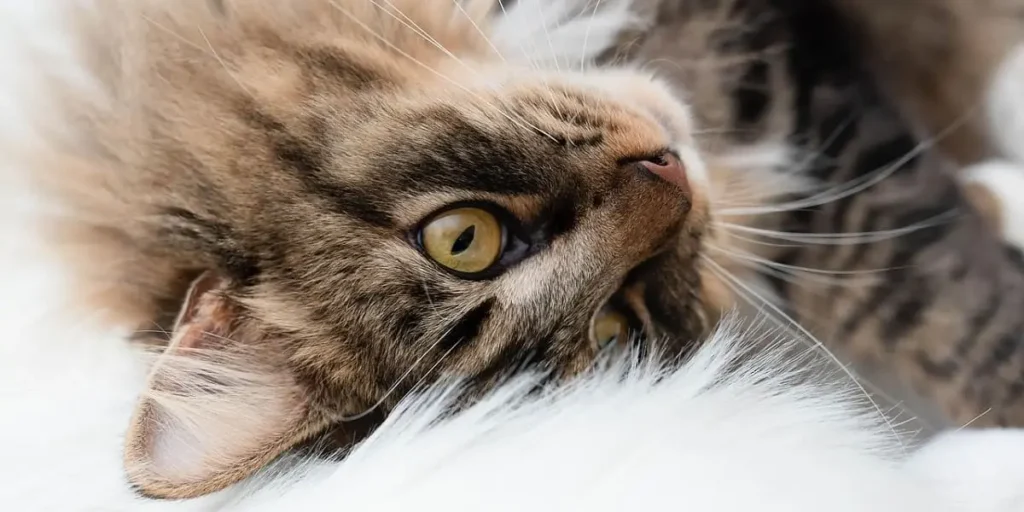Table of contents
For some people, a cat’s sex doesn’t matter when adopting. For others, it’s an essential criterion with specific differences to consider. Keep in mind that these characteristics are generalizations and can vary greatly from one cat to another. Not all female cats are less solitary or less combative than males.
Adopting a Female Cat: Understanding the Specificities
Female cats are often perceived as more affectionate, less aggressive, and less solitary than males. While true in many cases, it is not a universal rule. Physically, females are usually smaller and lighter than males.
Another key difference is heat cycles, starting between 6–9 months of age. During this time, female cats may meow more, seek extra affection, be more restless, and purr insistently. Owners must also consider reproduction – if kittens are not desired, spaying before one year of age is recommended.
Adopting a Female Cat When You Already Have a Cat
Female cats generally show less rivalry than males, making fights less common between two females. Still, conflicts can occur if personalities clash. Cats of opposite sexes often show less tendency toward physical confrontation, though conflicts are still possible.
Why Spay Your Female Cat?
Spaying is an important decision if you don’t plan for litters. Benefits include:
- Preventing issues linked to heat cycles: frequent meowing, unwanted litters, or urine marking from attracted males.
- Reducing health risks: lowers chances of infections, as well as uterine, ovarian, and mammary tumors.


